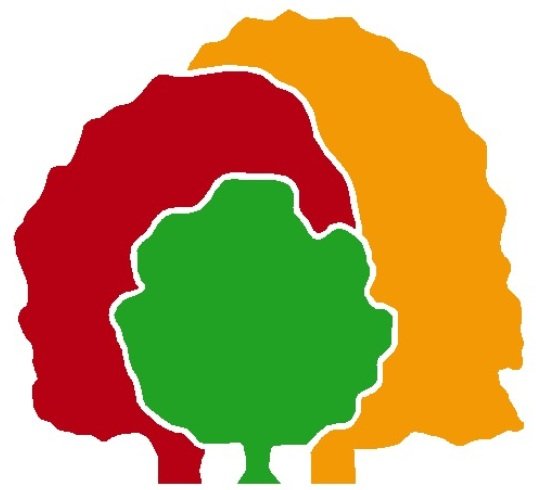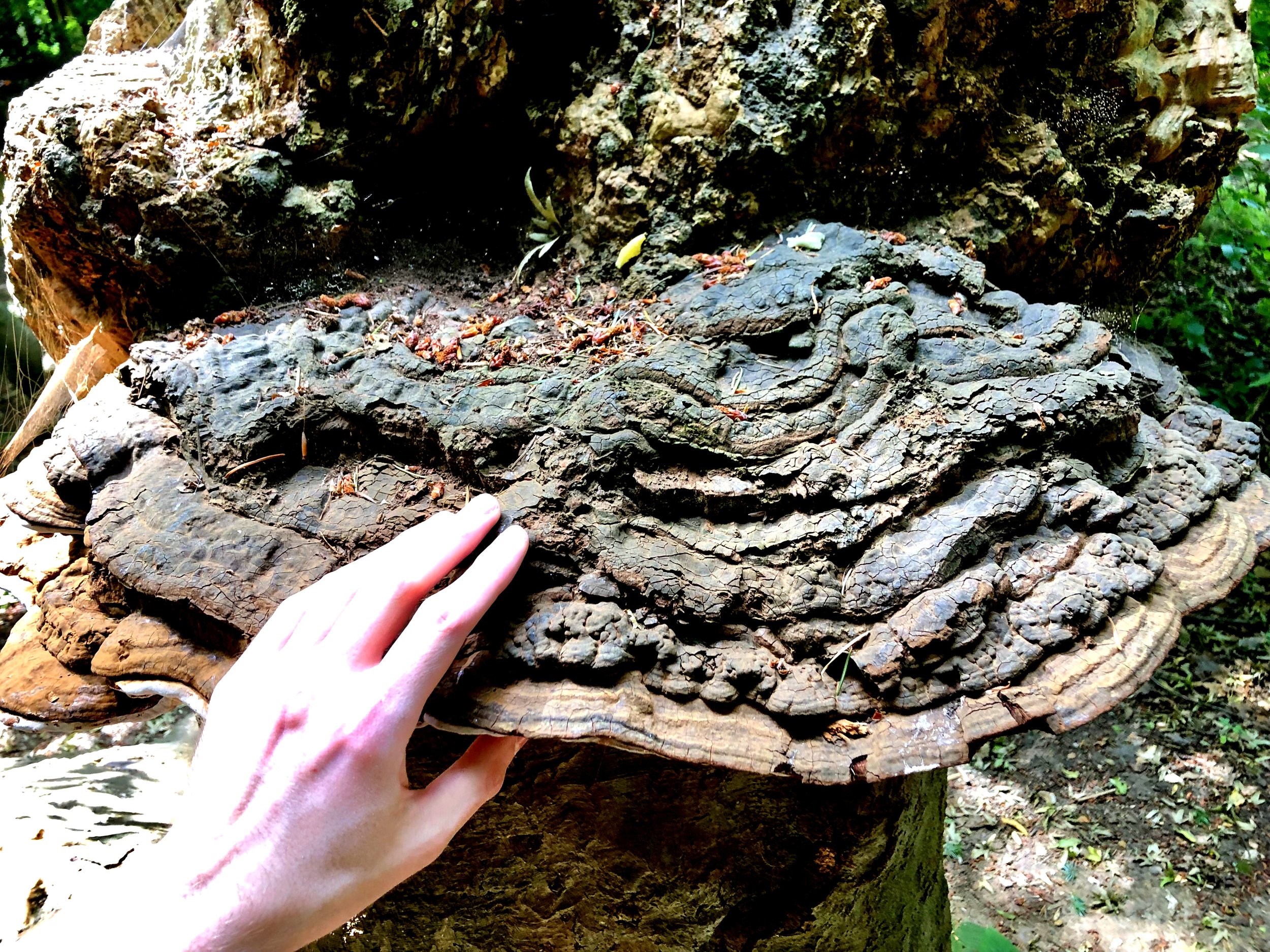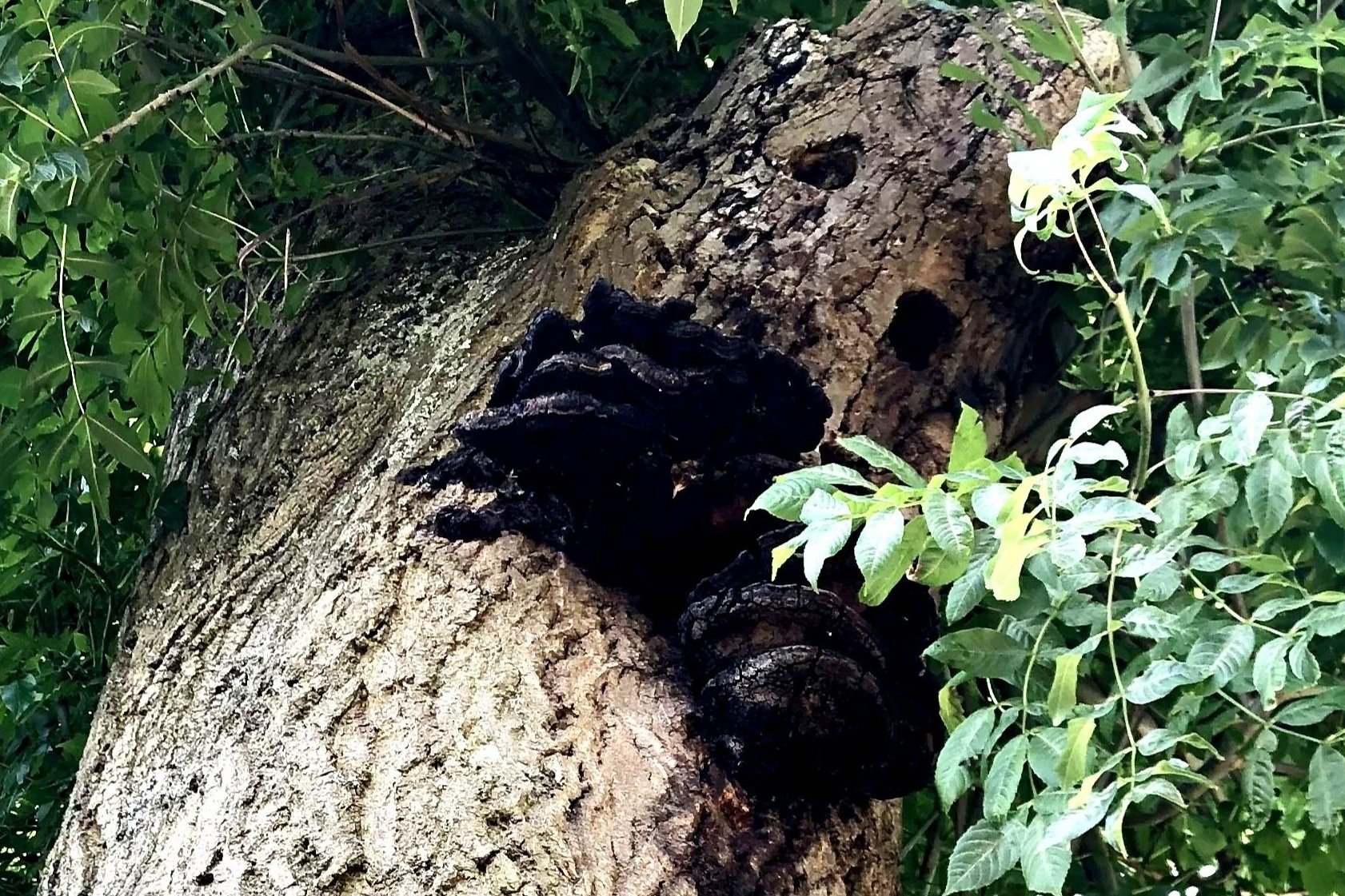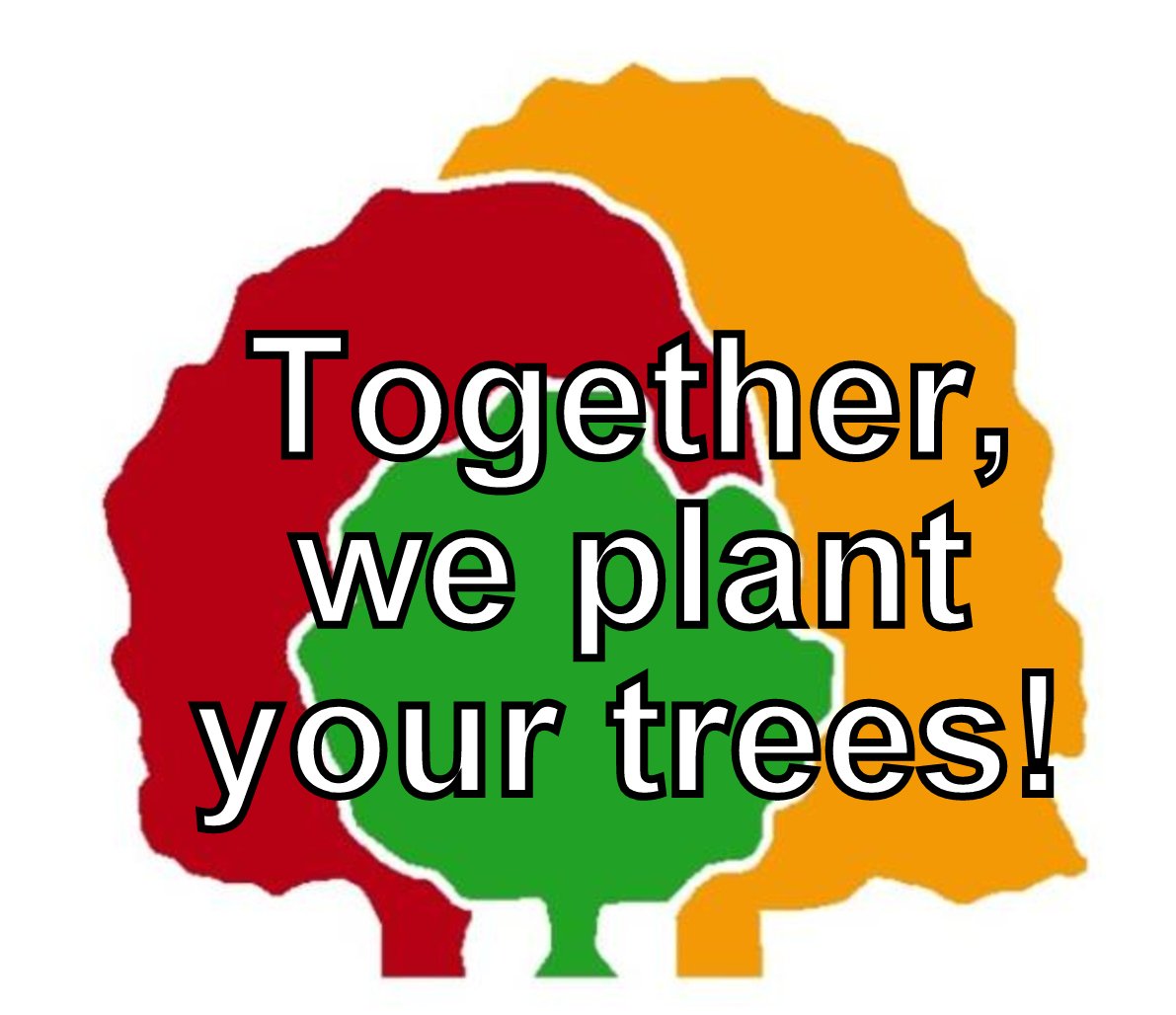Tree Fungal Colonisation… Heritage Tree Services provide identification of fungal colonisations. In many cases, fungi can be a feature not a defect, as we now understand that trees and fungi can potentially be associated together, and in some cases, for a considerable time. The association can create a unique biodiversity of environments. It is important to retain and encourage such scenarios. Other fungi may colonise weak or damaged trees (often through poor human understanding and management), which may result in structural compromises.
Lichens… are composed of two or more dissimilar organisms that form a mutually beneficial (symbiotic) relationship to produce a new vegetative body that is called a thallus. The life forms are composed of a fungus and most often a green alga and/or a cyanobacterium. If the air is very badly polluted with sulphur dioxide there may be no lichens present, though if the air is clean, shrubby, hairy and leafy lichens become abundant, which indicates that the location is not polluted. Lichens pose no danger to the trees on which they grow. They only use the bark on the tree as a place to live and thrive. They do not penetrate into the inner bark of trees, and they take no nutrients or water from the tree, so are not a threat.










































